Riga’s Biennial of Contemporary Art blooms amongst ruin
The second edition of RIBOCA, first conceived as a response to apocalyptic narratives and now deftly adapted to the age of Covid-19, carries themes that feel more potent than ever
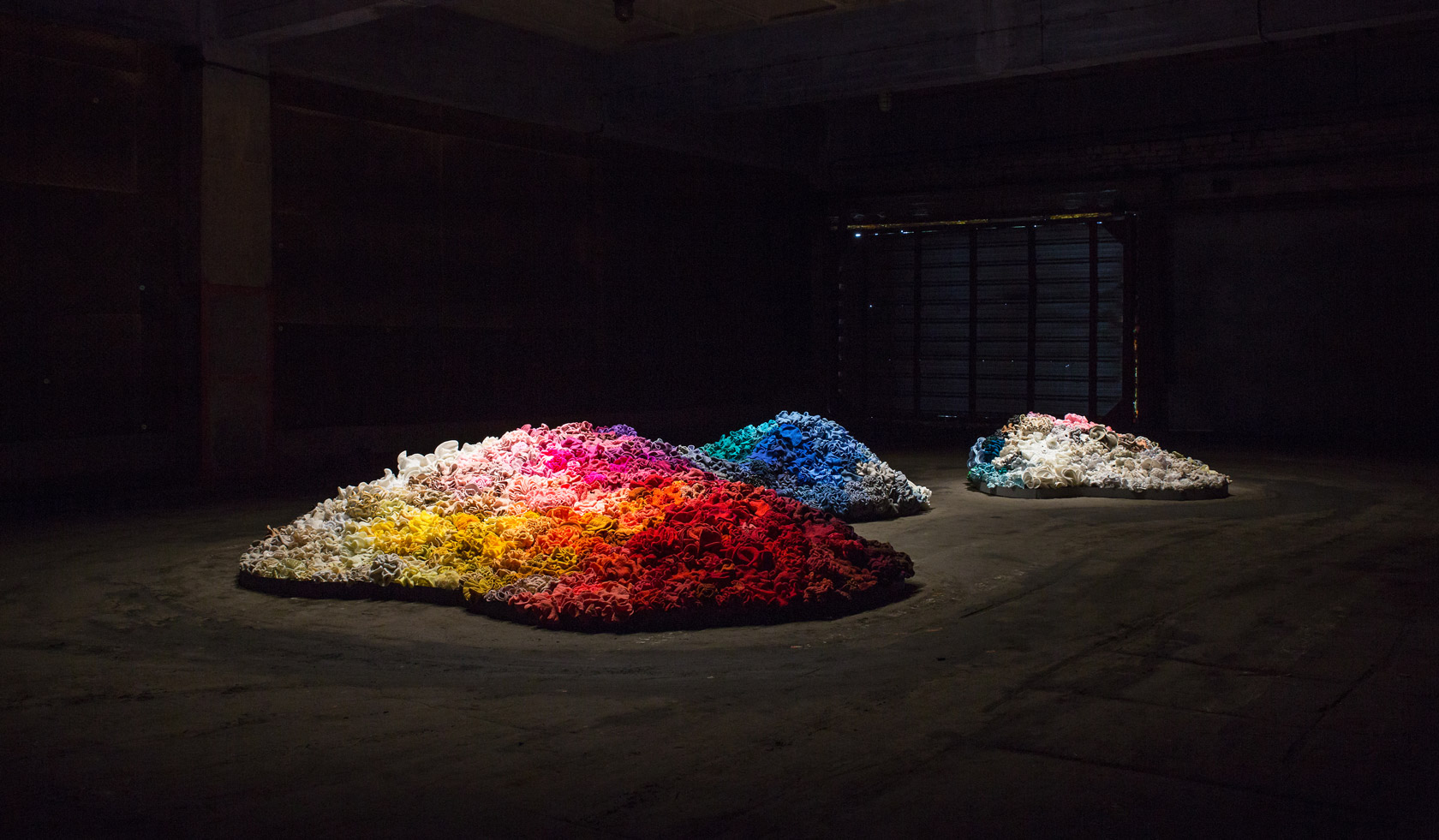
A ghost story, set in an industrial ruin. A fallen landscape, caught between abandonment and regeneration. Where centuries of upheaval have forged but a wasteland of commercial dreams – decommissioned and decaying from quayside to smokestack.
This forms the dystopian setting for RIBOCA2: the latest occupant of Riga’s historic Andrejsala port, on a peninsula next to the city’s Art Nouveau heart. Here, toxic meadows now bloom with sage, cornflower and camomile, and unwieldy warehouses bristle with an international art community.
‘And suddenly it all blossoms’, the exhibition title rings out. A cry of celebration and optimism – just not in time for spring, as originally planned. And whilst the ‘it’ is undefined, curator Rebecca Lamarche-Vadel’s vision for RIBOCA’s second edition is clear: steering visitors on an ‘odyssey’ of ‘enchantment’ in the face of ‘coming cataclysm’. An exhibition de catastrophe, taking in its stride both the turbulence of the setting and the times. Opting to leave traces of its evolution – noting absent and altered artworks, celebrating silence as much as noise. Part biennial, part memorial.

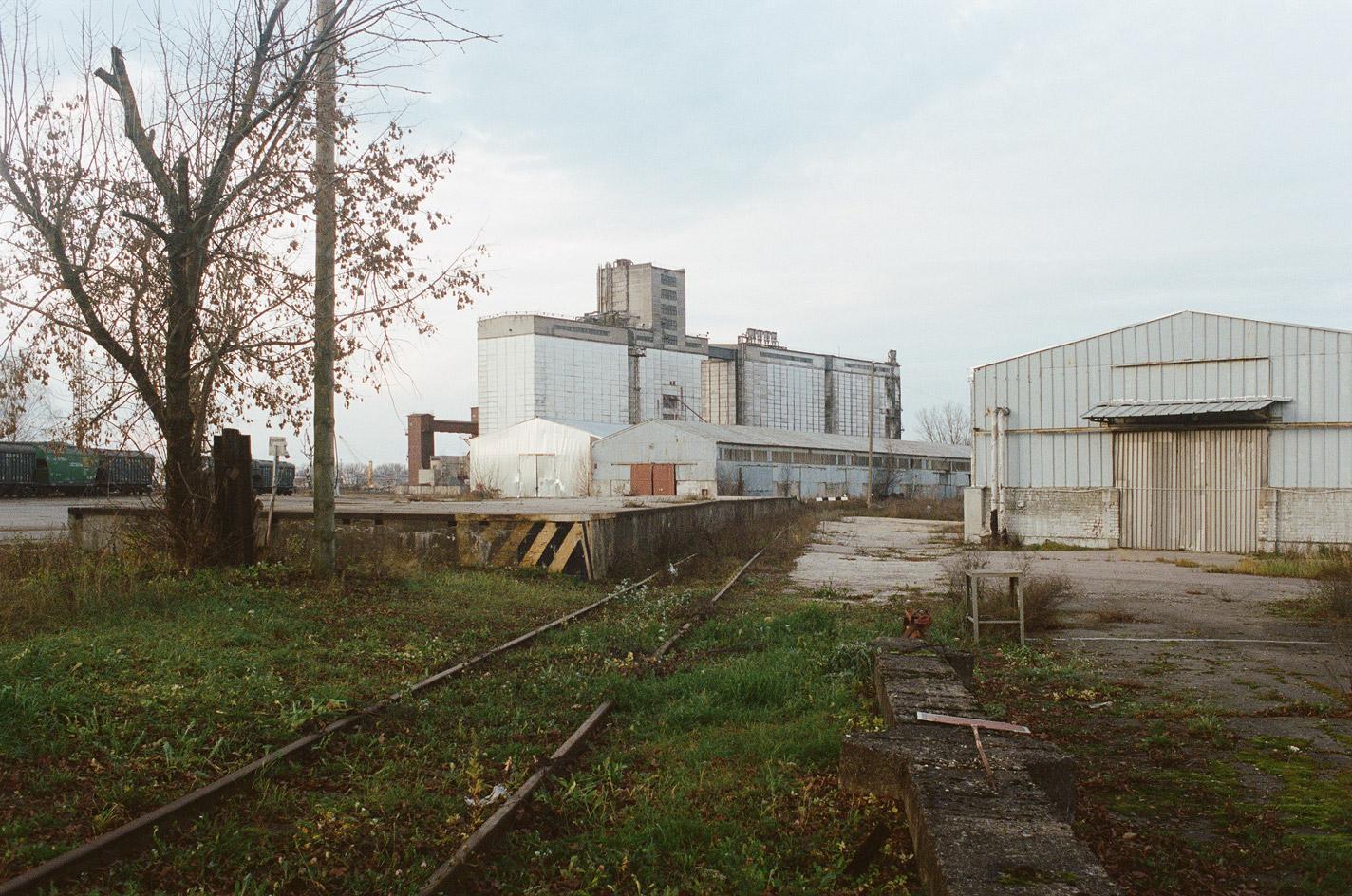
Above and below: The industrial port in Andrejsala, the venue of this year’s Riga International Biennial of Contemporary Art. Photography: Elena Kononova
The first of these adaptations arises overhead in a vast repurposed hanger: Ugo Rondinone’s LIFE TIME. Not the envisioned neon, but a rainbow motto ‘painted with love by artists of Riga’, due to the impossibility of shipping the original. Then, through a hole in the wall, a whole series of physical impossibilities, this time overcome by Bridget Polk, who is known for gravity-defying rock installations. Her balanced stacks of industrial rubble are beacons of stoicism for the age: guiding us through rough waters, just as ancient cairns served voyagers before the advent of lighthouses or trail markers.
Equally poised, but with historical satire, Lithuanian Anastasia Sosunova’s Habitaball sprawls beyond an austere pair of wrought-iron gates. Her ‘readymade’ site – a former paintball field, replicating a mock village – is newly cast as the archaeological vestige of a fictional community. Wry interventions make a mockery of this stage for play-warfare, whilst decrying the fallibility of historical record. ‘No one knows what happened here!’ Sosunova regales, ‘so let’s push fiction to the very end’.

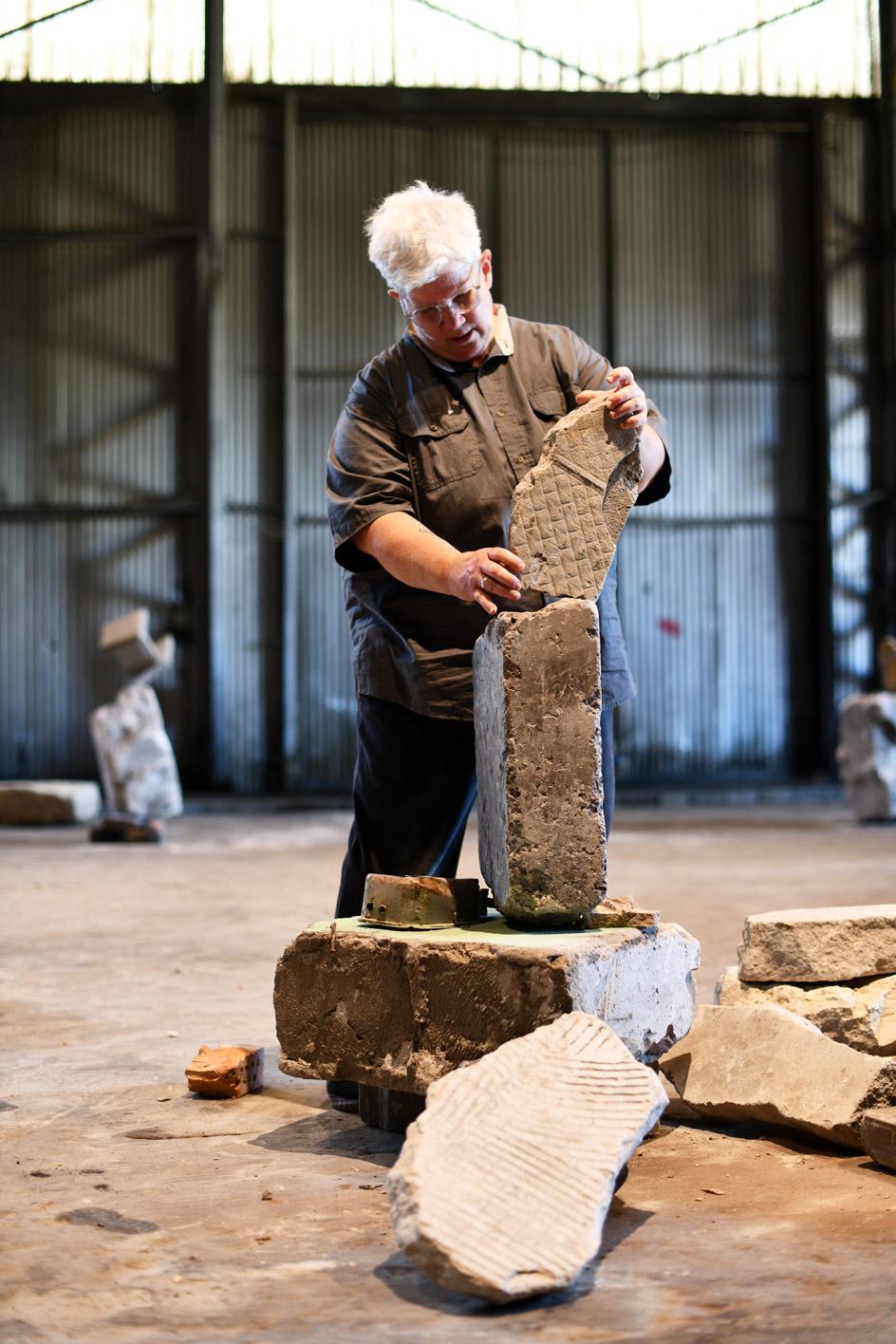
Installation view of Bridget Polk's Balancing Rocks and Rubble, courtesy of Riga International Biennial of Contemporary Art. Below: Bridget Polk pictured with her installation, © Louise Long
Folklore and fantasy ripple through RIBOBCA2’s parcours of 50-odd participants, 85% with new commissions. Significant, too, is the presence of mathematicians, textile designers, choreographers and performance artists. Lithuanian-Latvian duo IevaKrish hails from the fields of dance and scenography, thrashing a path back to the politics of ethnography with a hanging mobile installation inspired by the puzuris, a traditional Baltic artefact entrenched in domestic superstition. Updated from straw to brass, spliced in two and pirouetting to a discordant soundscape, Polemic of Two Metrics heralds the possibility of harmonious coexistence.
Straw into metal, then snow into straw: the fate of Augustus Serapinas’ Mudmen. Conceived (and previously exhibited) as simulacra snowmen, Serapinas was forced to graft his lumpy figures from Lithuanian mud and straw, owing to an unseasonably warm winter. Far from antagonising scarecrows, Mudmen calls for friendly cooperation with nature, the snow-day equivalent of an Irish Child of Prague, warding off rain for a wedding.
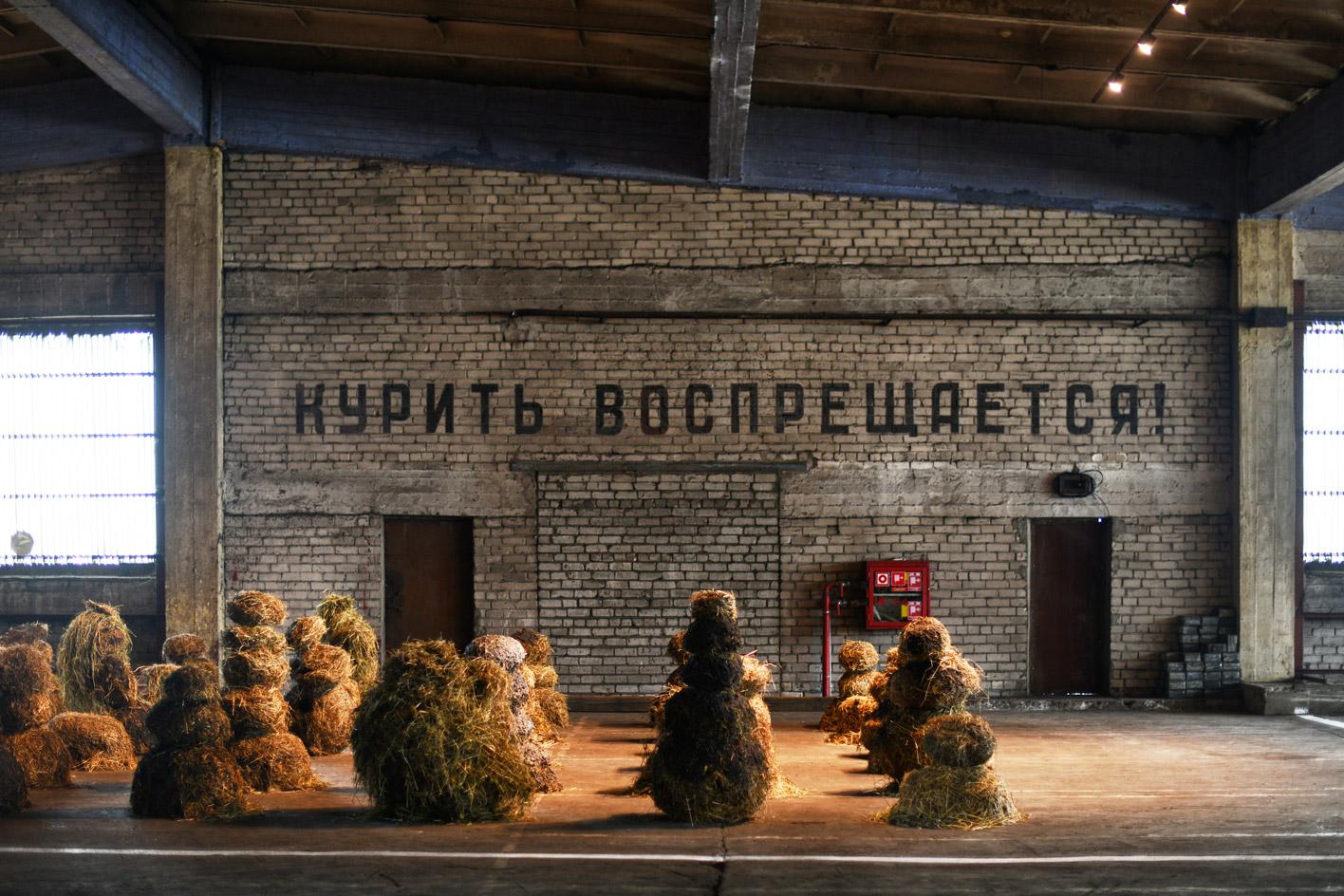
Installation view of Augustas Serapinas, Mudmen. © Louise Long
Another plea to the weather gods might have been heard from Tomás Saraceno, at the intended launch of Aerocene: Berlin to Riga, 2020 – an ambitious aerosolar sculpture designed to carry itself 843km on the wind to RIBOCA2. But the project fell victim to pandemic immobility, leaving in its place The Aerocene Backpack: an open-source flight starter kit, attesting to the artist’s poetic mission ‘to become the wind’. Undeterred by gusts or cloud-cover, we commend his bid for a new epoch of the skies.
All around, the elements whistle and chime. There is earth and fire, with Valdis Celms’ kinetic geometry and Katrin Hornek’s clay geology. Swirling eddies and submarine-scapes, in the coral-esque crochet of Daina Taimina, and Cyprien Gaillard’s film Ocean II Ocean, a delve into the humus of life (riffing on ‘dust to dust’), echoing Rondinone’s opening sentiment. Still underwater, Hicham Berrada’s film Presage – SiO2 fixes on a fizzing tank of prehistoric matter, as if engulfed in its own weather system or even cosmos. Then, at last, we emerge from water into pasture – with Eva L’Hoest’s The Inmost Cell, probing tragic fever-induced mirages at sea. Part 3D scan, part image reconstruction, the work at once unsettles and bewitches, eerie with the tune of a female Latvian choir. ‘The world is dissolving’, the subtitles read. ‘The fields have scaled and memories mineralised’.

Tomás Saraceno, The Aerocene Backpack (performance). © Louise Long
Skillfully for a biennial of this scale, RIBOCA2 is not void of nuance, intimacy or feeling. From Finnish collective Honkasalo-Niemi-Virtanen comes Atomic: a cinematic delve into the story of atomic trinite, accompanied by the quixotic trinite jewel itself. Equally luminous, with human fragility: Alex Baczynski-Jenkins’s ongoing film Faggots, Friends, evoking friendship amidst hostility. ‘A queer layering of time... through which intimate relations can emerge,’ describes the artist. And exuding further resilience, Berenice Olmedo’s installation of animated child orthoses; tirelessly striving to stand, in a rhythmic denunciation of social regulation and tribute to singularity.
Often, the more a word is used, the less meaning it retains; the more an image seen, the less potent its subject. Yet the reshaping and reworking of RIBOCA2 has far from rendered its project ruinous. The spectres of Andrejsala may still haunt their territory, but this is now a land of the living – blossoming in the present and fertile for the future. ‘A city – every city is the eradication, even the ruin, of the landscape from which it rose. In its fall, that original landscape sometimes triumphs,’ the essayist Rebecca Solnit once wrote. And triumph RIBOCA2 has. Perhaps most meaningfully of all, in the acceptance and ensuing ‘re-enchantment’ of its own fragility.
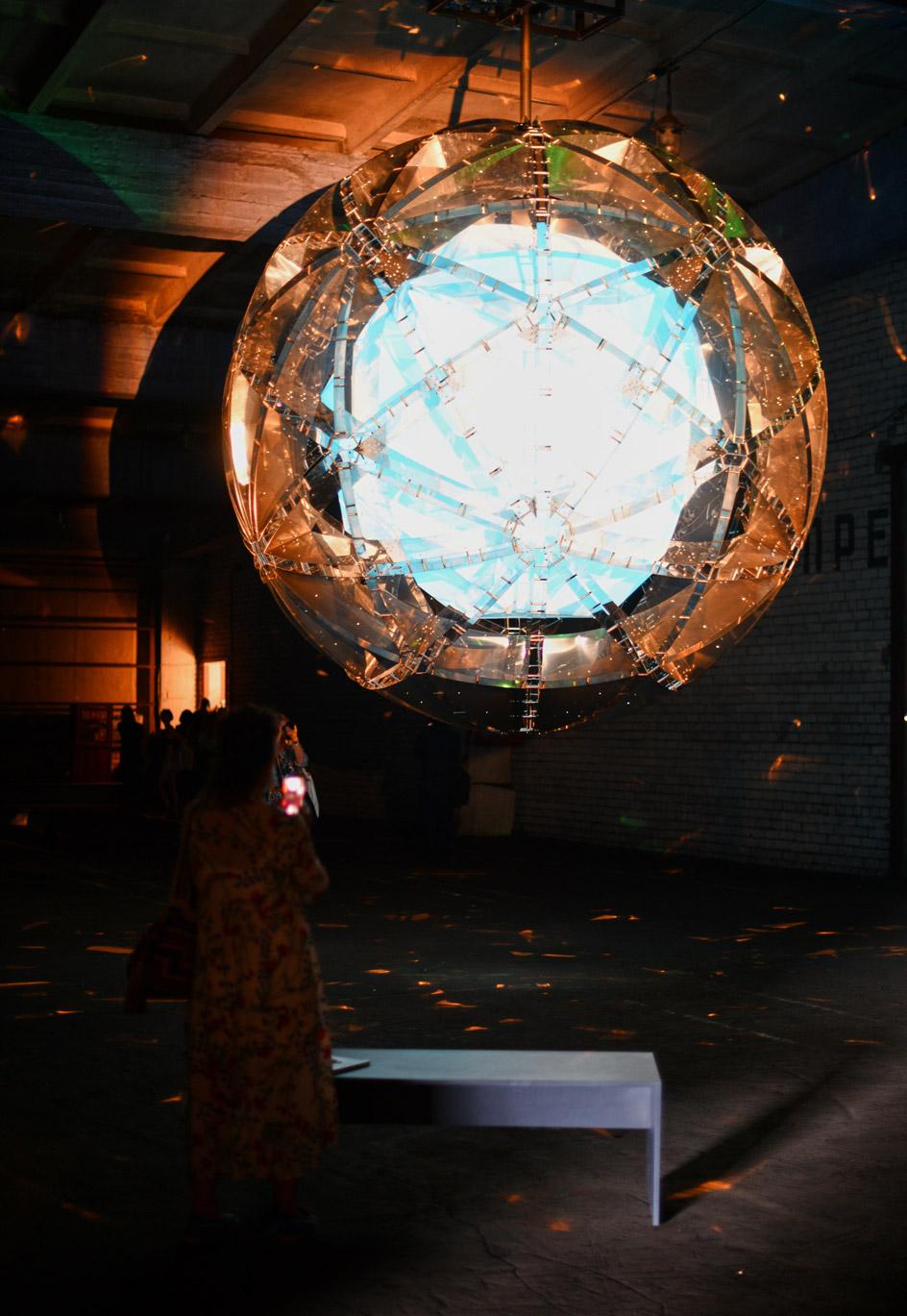
Valdis Celms, Positron. © Louise Long
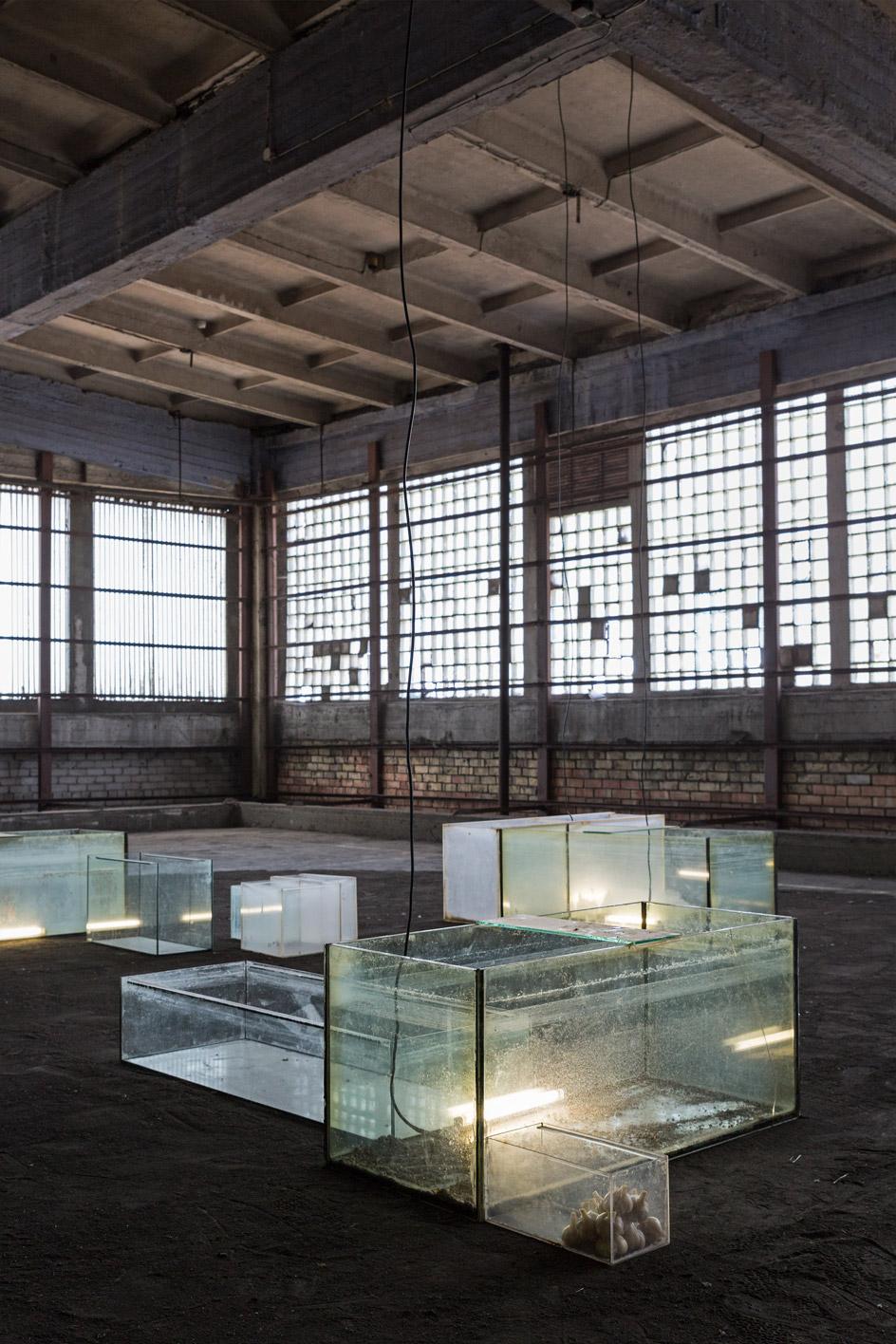
Installation view of Edith Dekyndt Visitation Zone
INFORMATION
RIBOCA2 runs until 13 September. rigabiennial.com
Wallpaper* Newsletter
Receive our daily digest of inspiration, escapism and design stories from around the world direct to your inbox.
ADDRESS
Andrejostas iela 4
Riga LV-1045
Latvia
-
 Extreme Cashmere reimagines retail with its new Amsterdam store: ‘You want to take your shoes off and stay’
Extreme Cashmere reimagines retail with its new Amsterdam store: ‘You want to take your shoes off and stay’Wallpaper* takes a tour of Extreme Cashmere’s new Amsterdam store, a space which reflects the label’s famed hospitality and unconventional approach to knitwear
By Jack Moss
-
 Titanium watches are strong, light and enduring: here are some of the best
Titanium watches are strong, light and enduring: here are some of the bestBrands including Bremont, Christopher Ward and Grand Seiko are exploring the possibilities of titanium watches
By Chris Hall
-
 Warp Records announces its first event in over a decade at the Barbican
Warp Records announces its first event in over a decade at the Barbican‘A Warp Happening,' landing 14 June, is guaranteed to be an epic day out
By Tianna Williams
-
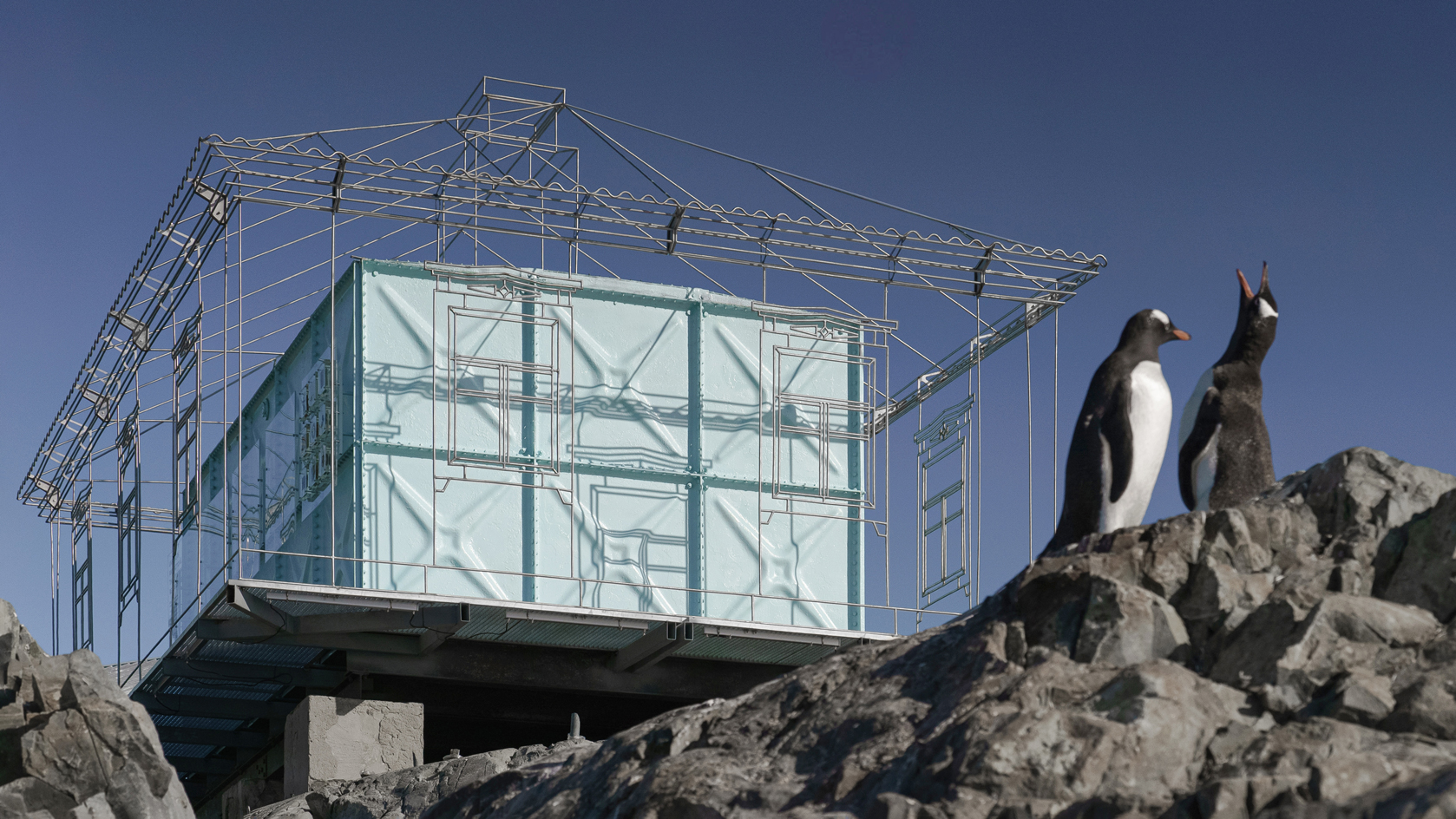 Remote Antarctica research base now houses a striking new art installation
Remote Antarctica research base now houses a striking new art installationIn Antarctica, Kyiv-based architecture studio Balbek Bureau has unveiled ‘Home. Memories’, a poignant art installation at the remote, penguin-inhabited Vernadsky Research Base
By Harriet Lloyd-Smith
-
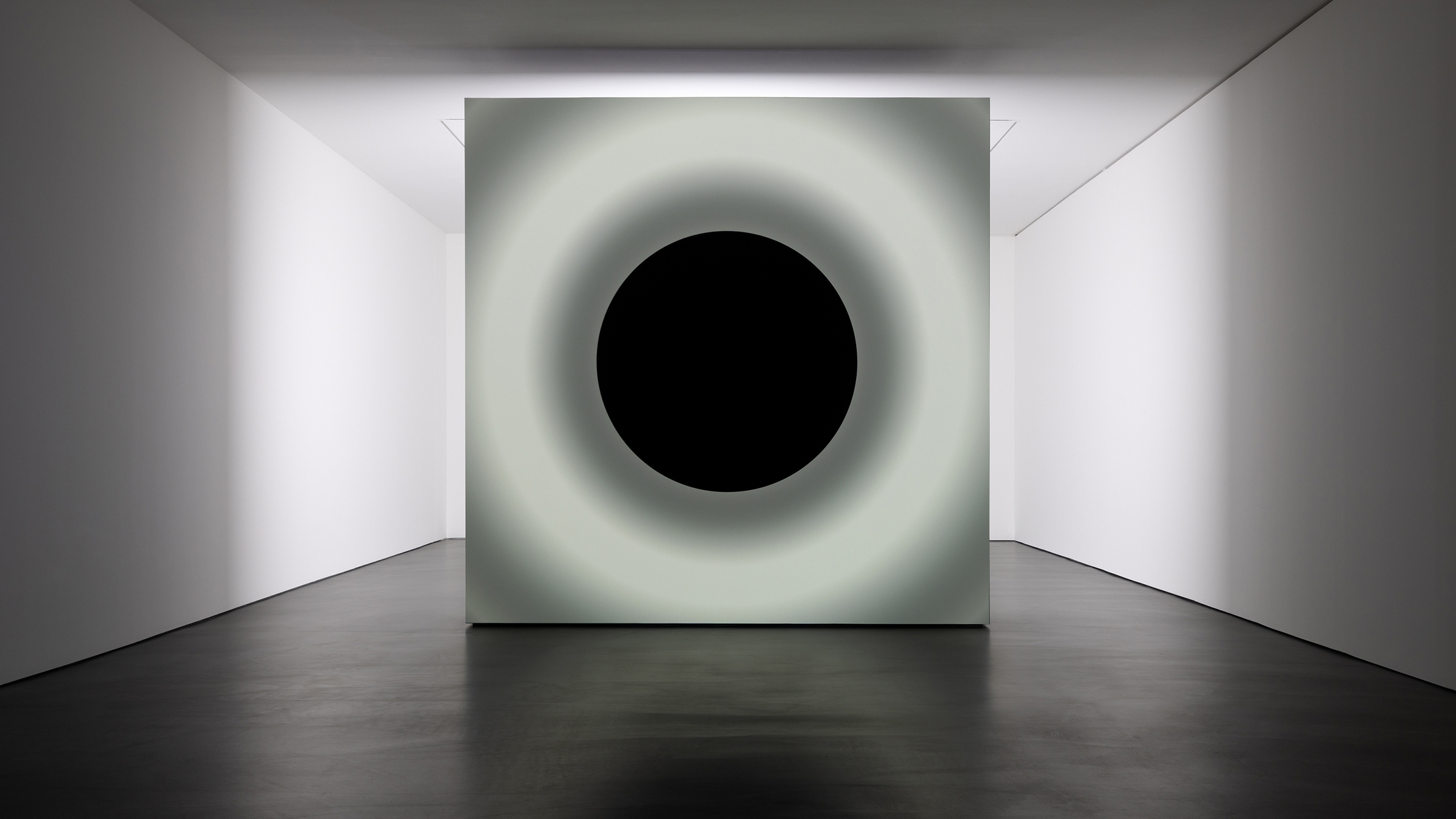 Ryoji Ikeda and Grönlund-Nisunen saturate Berlin gallery in sound, vision and visceral sensation
Ryoji Ikeda and Grönlund-Nisunen saturate Berlin gallery in sound, vision and visceral sensationAt Esther Schipper gallery Berlin, artists Ryoji Ikeda and Grönlund-Nisunen draw on the elemental forces of sound and light in a meditative and disorienting joint exhibition
By Harriet Lloyd-Smith
-
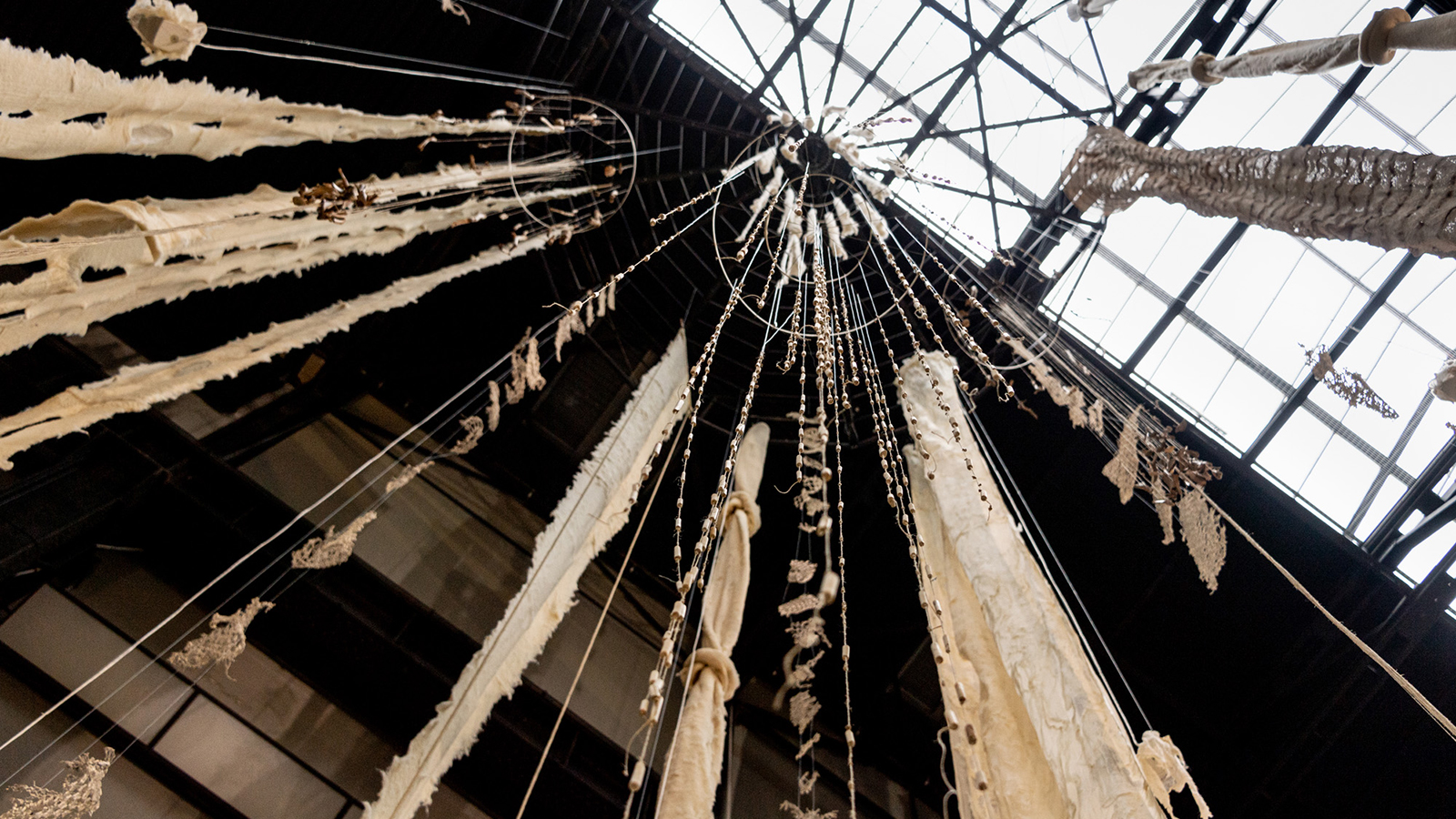 Cecilia Vicuña’s ‘Brain Forest Quipu’ wins Best Art Installation in the 2023 Wallpaper* Design Awards
Cecilia Vicuña’s ‘Brain Forest Quipu’ wins Best Art Installation in the 2023 Wallpaper* Design AwardsBrain Forest Quipu, Cecilia Vicuña's Hyundai Commission at Tate Modern, has been crowned 'Best Art Installation' in the 2023 Wallpaper* Design Awards
By Harriet Lloyd-Smith
-
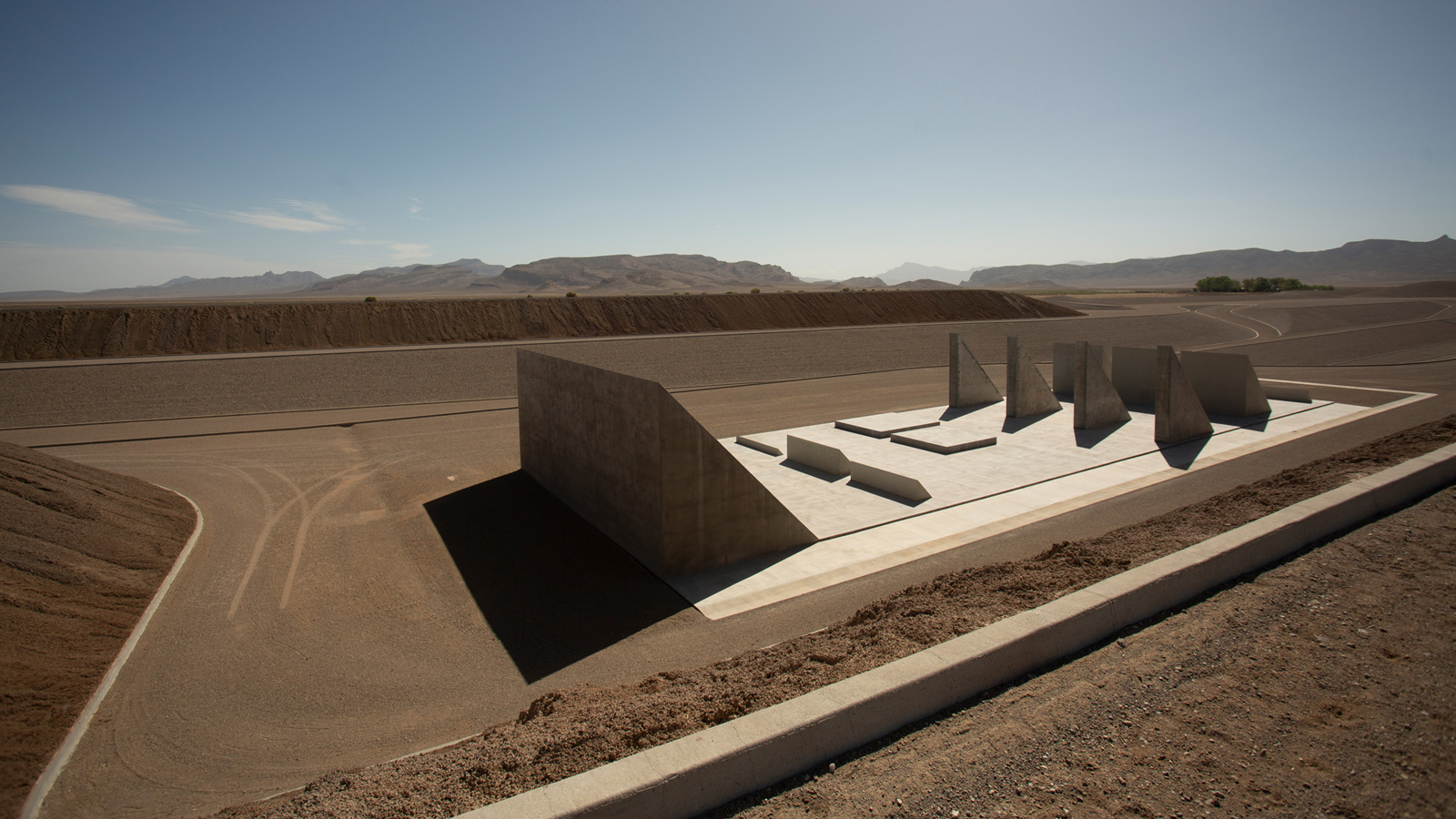 Michael Heizer’s Nevada ‘City’: the land art masterpiece that took 50 years to conceive
Michael Heizer’s Nevada ‘City’: the land art masterpiece that took 50 years to conceiveMichael Heizer’s City in the Nevada Desert (1972-2022) has been awarded ‘Best eighth wonder’ in the 2023 Wallpaper* design awards. We explore how this staggering example of land art came to be
By Harriet Lloyd-Smith
-
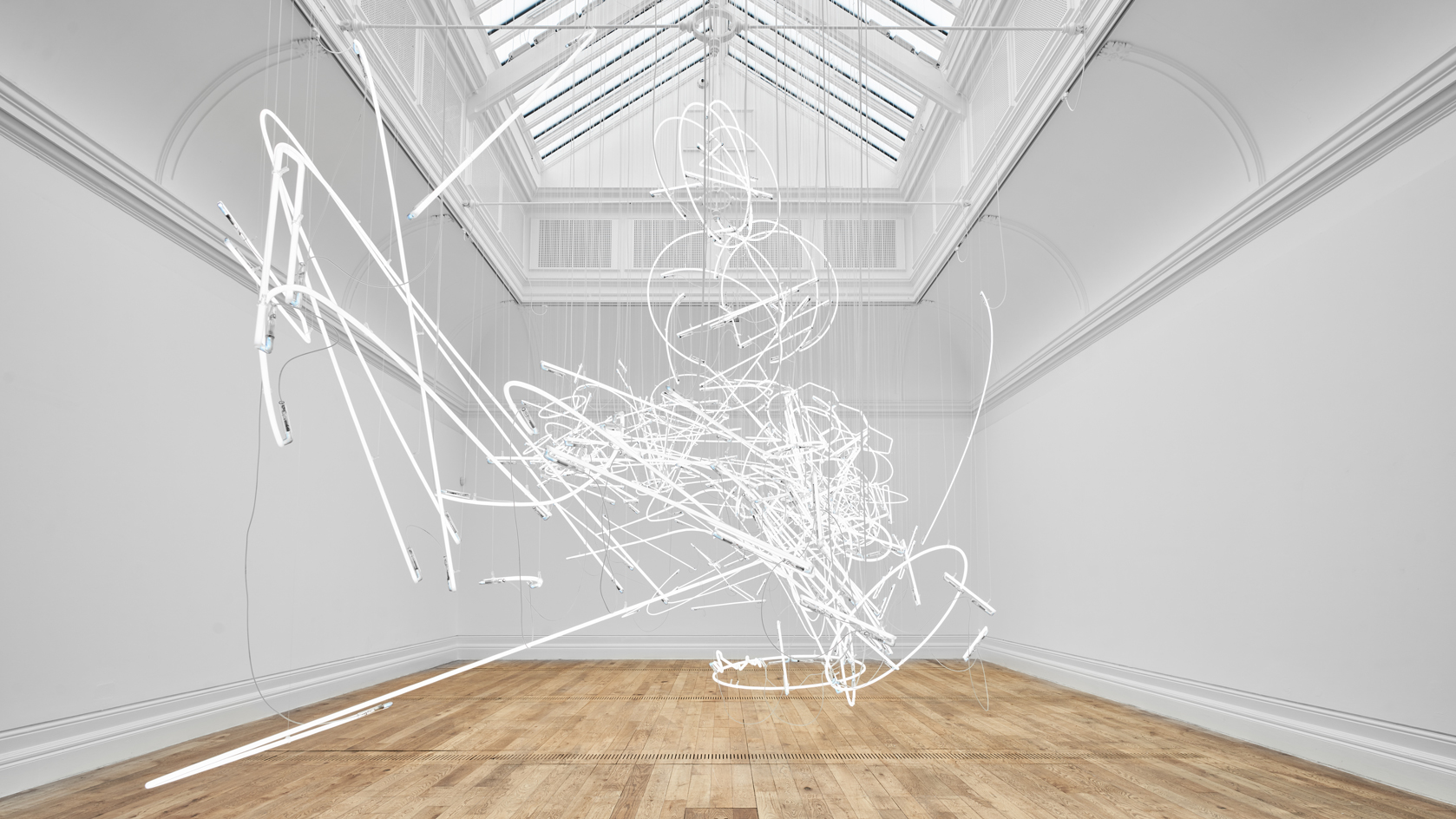 Cerith Wyn Evans: ‘I love nothing more than neon in direct sunlight. It’s heartbreakingly beautiful’
Cerith Wyn Evans: ‘I love nothing more than neon in direct sunlight. It’s heartbreakingly beautiful’Cerith Wyn Evans reflects on his largest show in the UK to date, at Mostyn, Wales – a multisensory, neon-charged fantasia of mind, body and language
By Harriet Lloyd-Smith
-
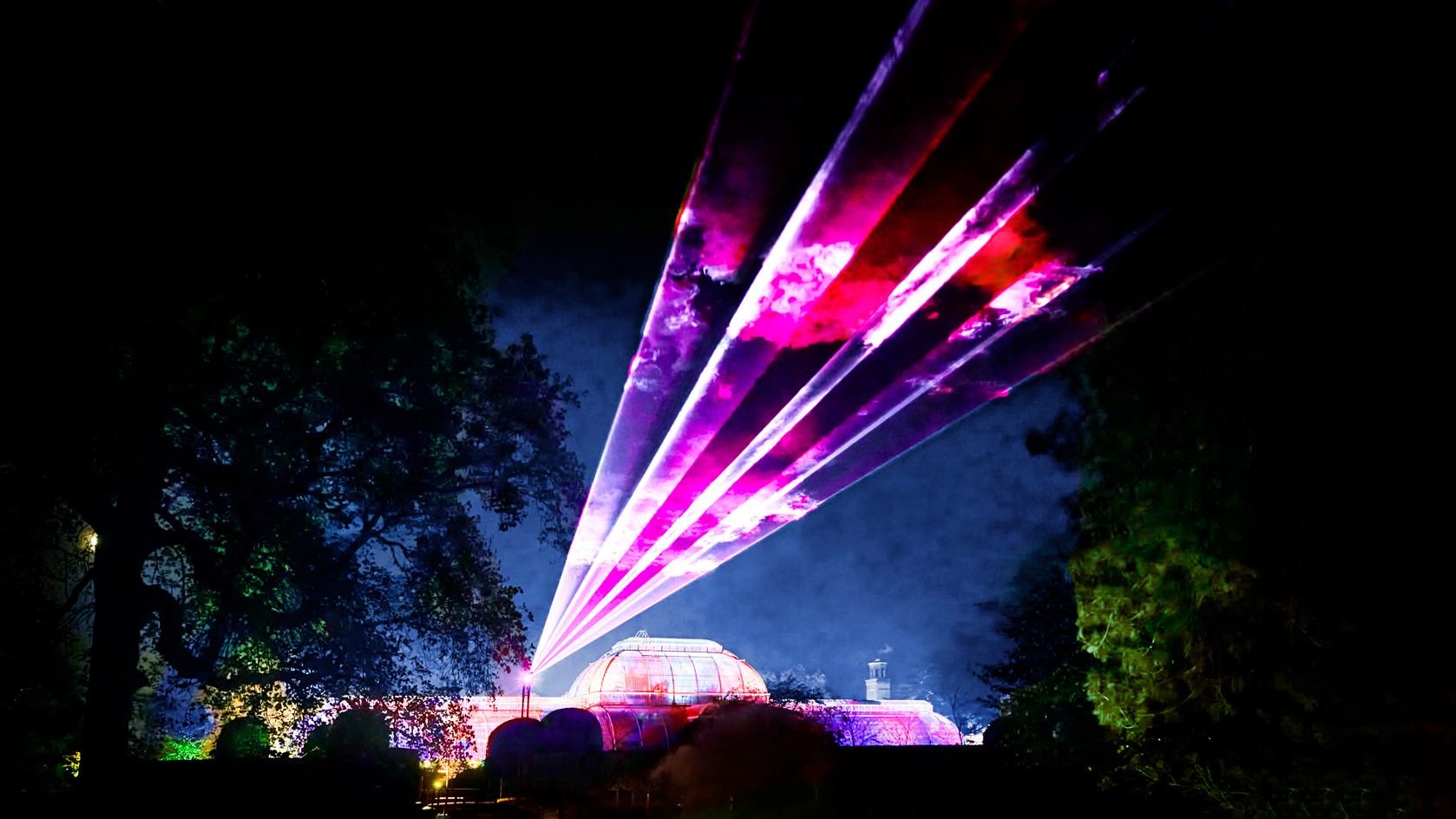 The best 7 Christmas installations in London for art lovers
The best 7 Christmas installations in London for art loversAs London decks its halls for the festive season, explore our pick of the best Christmas installations for the art-, design- and fashion-minded
By Harriet Lloyd-Smith
-
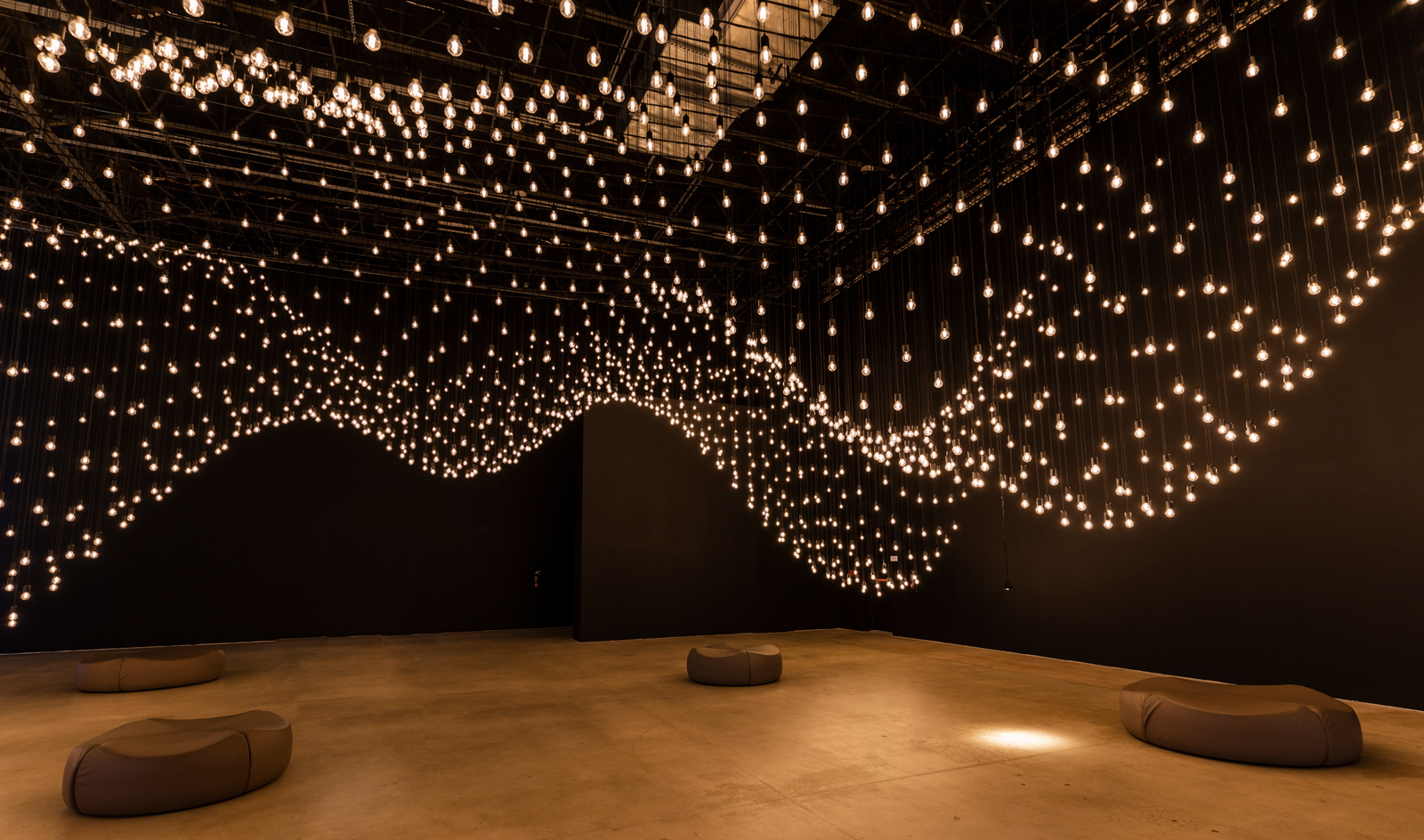 Rafael Lozano-Hemmer’s Pulse Topology in Miami is powered by heartbeats
Rafael Lozano-Hemmer’s Pulse Topology in Miami is powered by heartbeatsRafael Lozano-Hemmer brings heart and human connection to Miami Art Week 2022 with Pulse Topology, an interactive light installation at Superblue Miami in collaboration with BMW i
By Fiona Mahon
-
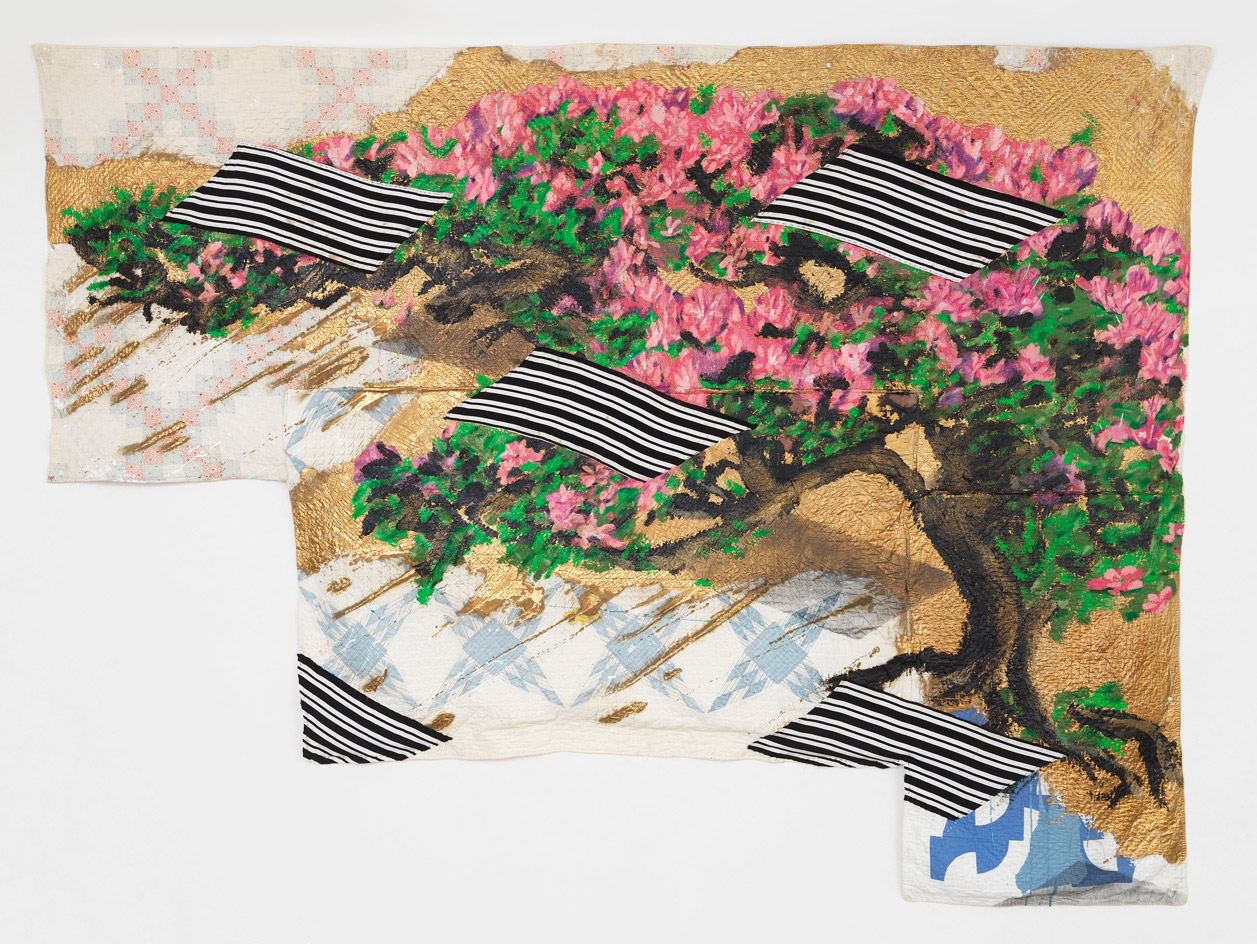 Textile artists: the pioneers of a new material world
Textile artists: the pioneers of a new material worldThese contemporary textile artists are weaving together the rich tapestry of fibre art in new ways
By Harriet Lloyd-Smith